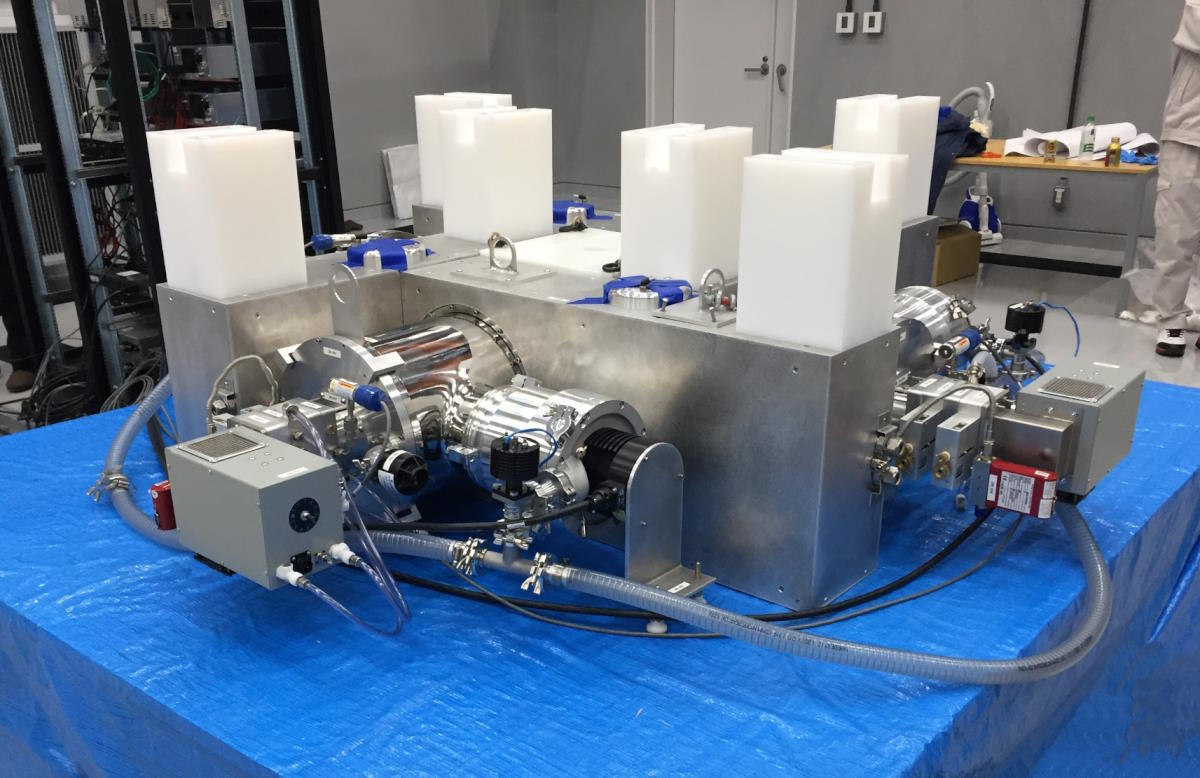Considerations when specifying a neutron generator
Adelphi manufactures a wide range of neutron generators for a host of applications. Standard Adelphi neutron generator products may suit your needs precisely, or you may require some degree of customization. Some considerations are outlined below, we would be happy to advise you as to which generator is most suitable for your application.
- Neutron energy choices:
- 14.1 MeV
- 2.45 MeV
- Epithermal
- Thermal (0.025eV)
- Neutron yield: Total number of neutrons emitted per second from the generator, dimensions neutrons per second
- Neutron flux: This parameter is useful when irradiating samples, the dimensions are neutrons per second per square centimeter
- Target configuration:
- Target internal to the generator
- Target on the external surface of the generator
- Target on the external surface of the generator with an Associated Particle Imaging (API) window adjacent to target
- Neutron Emission spot size: Small spot size can be useful for imaging applications. Most neutron< generator designs have some latitude and the specific spot size can be chosen within a range that depends on the given generator type./li>
- “Sealed” or “actively pumped” (otherwise known as “open”) configuration. All tritiated generators are sealed. A choice can exist for D-D systems. An actively pumped system employs a turbomolecular vacuum pump and a deuterium gas bottle. A sealed system has the gas pre-loaded within the generator.
- Size/portability: Some options exist for hand-held/portable generators, this is mainly for the lower-yield generators, available upon request.
- Stand-alone, or Other Equipment Manufacturer (OEM) product (generator that is expected to be integrated into a customer’s system, such as materials analysis, medical equipment, or radiography equipment system).
We would be happy to discuss your needs, and help you identify the right generator for your application.




